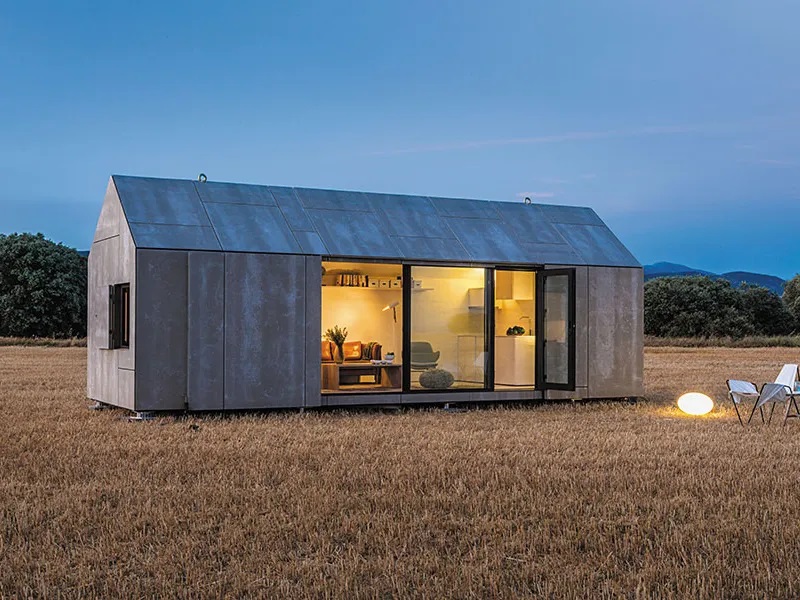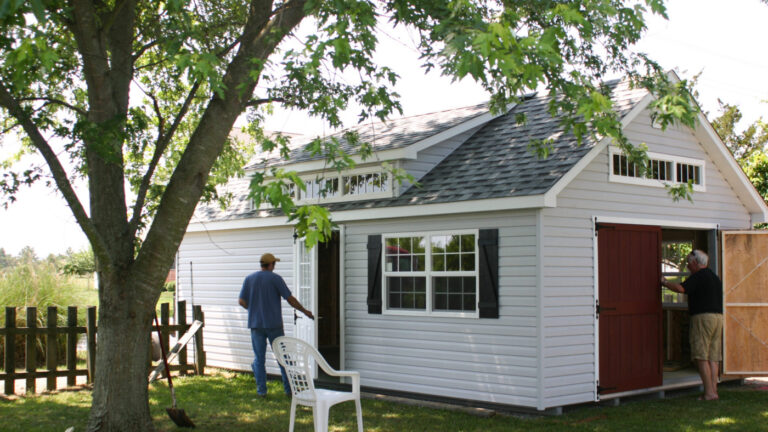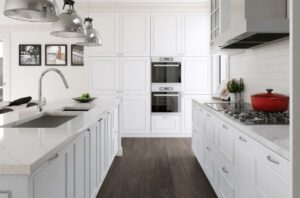When it comes to designing our homes, color plays a significant role in creating the desired atmosphere. The psychology of color suggests that different colors have the power to evoke specific emotions and influence our mood. Understanding this psychology can help us choose the right colors for each room in our homes, ultimately creating spaces that promote comfort, relaxation, and productivity..

The Power of Warm Colors
Warm colors such as red, orange, and yellow are known for their ability to create a cozy and inviting atmosphere. These colors can stimulate energy and enthusiasm, making them ideal for social spaces like living rooms or dining areas. However, it’s important to use warm colors sparingly or balance them out with neutral tones to avoid overwhelming the space.
Red, in particular, is associated with passion and can increase heart rate and blood pressure. It is often recommended to use red as an accent color rather than the dominant color in a room. Orange, on the other hand, exudes warmth and is often associated with creativity. It can be used in spaces where productivity is desired, such as home offices or studios. Yellow is known to evoke feelings of happiness and optimism, making it an excellent choice for kitchens or areas where natural light is limited.
The Calming Effect of Cool Colors
Cool colors such as blue, green, and purple have a calming effect on our minds and bodies. These colors are often associated with tranquility and relaxation, making them suitable for bedrooms, bathrooms, and other spaces where we seek solace and rest.
Blue is known to lower blood pressure and heart rate, promoting a sense of calmness. It is an excellent choice for bedrooms as it can aid in a good night’s sleep. Green, reminiscent of nature, symbolizes growth and harmony. It creates a sense of balance and freshness, making it suitable for any room in the house. Purple, often associated with luxury and spirituality, can add a touch of elegance to a space when used correctly.
The Versatility of Neutral Colors
Neutral colors such as white, beige, and gray are known for their versatility and ability to create a sense of balance. These colors can be used as a backdrop to showcase other elements in a room or as a base for a minimalist design.
White is associated with purity and cleanliness, making it a popular choice for bathrooms and kitchens. Beige, with its warm undertones, can create a sense of comfort and is often used as a neutral base color. Gray, being neither too warm nor too cool, can create a sophisticated and timeless look. It works well in both modern and traditional spaces.
The psychology of color is a powerful tool that can greatly influence the atmosphere of our homes. By understanding the emotions and feelings that different colors evoke, we can create spaces that promote the desired mood and enhance our overall well-being. Whether it’s a vibrant living room, a serene bedroom, or a minimalist kitchen, choosing the right colors can transform our homes into spaces that reflect our personality and provide us with comfort and joy.









